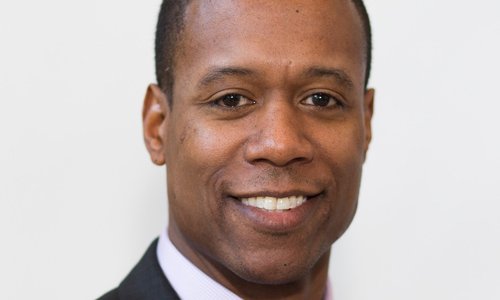George Ashton

Black Economic Development Fund Invests $122 Million to Support Growth of Black-owned Banks, Businesses
LISC’s Black Economic Development Fund (BEDF) has committed nearly half it’s $250 million in capital, with the remainder of the fund expected to be invested by the end of the year. “This fund is a powerful model for social investing…” said LISC’s George Ashton.

Credit Where Credit Is Due: Expanding Access to Capital for BIPOC Developers
An article in Shelterforce by former LISCer Nisha Mistry looks at the ways CDFIs are working to dismantle longstanding discriminatory roadblocks that have kept BIPOC developers from capital and other opportunity. The piece, which quotes LISC COO Annie Donovan and LISC Strategic Investments director George Ashton, is part of a must-read Shelterforce series on systemic solutions to the racial wealth gap.

Investing Patient Capital in Established BIPOC Businesses to Close the Racial Wealth Gap
LISC’s George Ashton takes a close look at why growth in the pre-pandemic number of minority-owned businesses has failed to narrow the racial wealth gap. The answer: existing BIPOC businesses don’t have access to the kind of growth capital they need to build their resiliency, expand their workforce and support next-generation success. "By expanding access to growth capital, we can make our small business ecosystem more diverse and robust, matching appropriate financing to the needs of community-based businesses," he writes in a piece for Impact Alpha.

Checking in on LISC’s Black Economic Development Fund
Non-Profit Quarterly delves into LISC’s Black Economic Development Fund and the ways it aims to “reinforce vital economic infrastructure in Black communities” as part of the organization's work to help close racial wealth and opportunity gaps. LISC's Annie Donovan and George Ashton explain the impetus for and structure of the Fund and the impact it is designed to have over the short and long term.